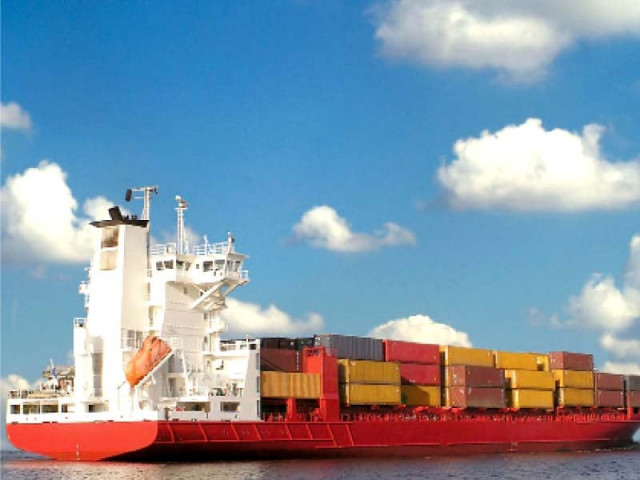Trade deficit widens 21% to $2.6b
Increase comes on back of rising imports to support industrial, agricultural activities

Pakistan’s trade deficit - the gap between imports and exports - widened 21% to $2.6 billion in January 2021 mainly due to acceleration in imports to support industrial and agricultural activities which were a must to expand overall economic activities in the country.
The trade deficit stood at $2.15 billion in January 2020, the Pakistan Bureau of Statistics (PBS) reported on Monday.
Imports increased 15% to $4.73 billion in January 2021 compared to $4.12 billion in the same month of last year.
Exports also rose in the month under review but not as strongly as imports, that’s why the trade deficit widened in the month. Exports picked up 8% to $2.13 billion in January compared to $1.97 billion in the same month of last year.
“Trade deficit may remain wide going forward (in the remaining five months of current fiscal year 2021),” Pak-Kuwait Investment Company (PKIC) Head of Research Samiullah Tariq said while talking to The Express Tribune.
“Imports will remain accelerated in the wake of opening of local and global economies (Pakistan’s export destinations) from lockdowns,” he said.
Imports of machinery and food commodities may remain high. “Imports of machinery are bound to pick up following support of concessionary loans for setting up new industrial projects and expansion of existing ones under the Temporary Economic Refinance Facility (TERF),” he said.
Banks have approved financing worth over Rs300 billion since March 2020. The temporary financing facility is scheduled to end in March 2021.
Besides, the government will continue to import food commodities like wheat and sugar, as per recent announcements, to stabilise food prices in the country.
“Exports are likely to drop after February-March,” he said.
Yarn, a raw material for textile manufacturing, has become costlier. Besides, regional competitors including India and Bangladesh are reopening.
The two developments may cause a drop in exports of textiles, which are around 60% of total export earnings of Pakistan, he said.
“Imports are projected to surpass their annual target ($42.4 billion),” Pakistan’s central bank said last month. “The increase in food imports and domestic economic activity is mainly expected to drive import growth.”
Cumulatively, in the first seven months (July-January) of current fiscal year 2021, the trade deficit widened over 8% to $14.96 billion compared to $13.82 billion in the same period of the last year, according to PBS.
The State Bank of Pakistan (SBP) projected the deficit to remain stagnant this full fiscal year at around the previous year’s level of $20 billion.
On a month-on-month basis, the deficit dropped 1.5% in January compared to December as import and export both decreased by around 10% and 5.5%, respectively.
“It is a must for Pakistan to sustain receipt of strong workers’ remittances in January and onwards…to keep the current account balance in surplus in the couple of months ahead and record a small deficit in full fiscal year 2021,” said BMA Capital Executive Director Saad Hashmi.
To recall, Pakistan has continued to receive over $2 billion a month for the past seven consecutive months (June-December 2020).
“Latest recovery in value of rupee against the US dollar - below Rs160 a dollar - suggests the inflows on account of workers’ remittances and export earnings have remained higher than outflows (on account of import and foreign debt repayments),” he said.
Up till December, major growth in imports has come from import of foods (wheat, sugar and cooking oil), cotton, fertiliser and automobile.
Import of such commodities and goods would maintain uptrend to control food inflation and support textile exports and revival of large scale manufacturing industries like automobiles.
Experts said a meaningful growth in export earnings is a must to efficiently manage international payment pressure. Traditionally, Pakistan’s export stands at less than half of annual import. The contraction of trade gap through increase in exports would make the economy sustainable in the long-run.a
Published in The Express Tribune, February 9th, 2021.
Like Business on Facebook, follow @TribuneBiz on Twitter to stay informed and join in the conversation.



















COMMENTS
Comments are moderated and generally will be posted if they are on-topic and not abusive.
For more information, please see our Comments FAQ